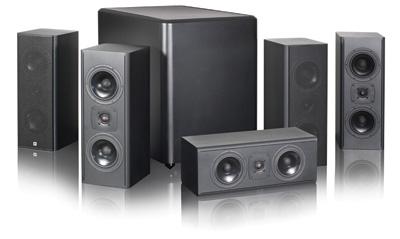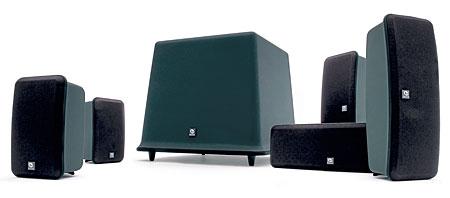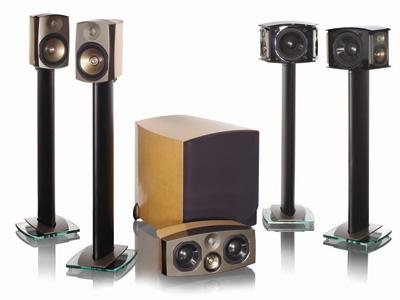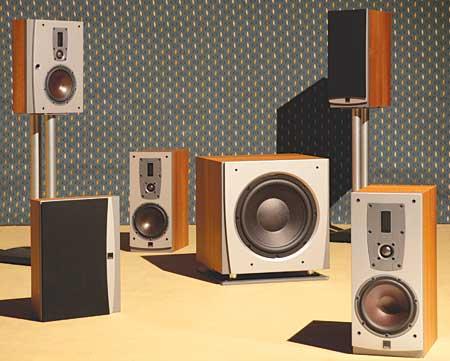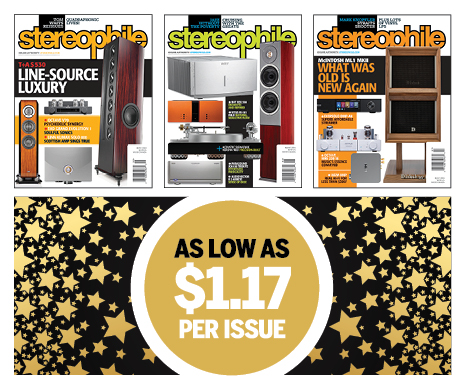Bookshelf Speaker Reviews
Sort By: Post Date TitlePublish Date
|
Dec 10, 2007 |
|
Dec 03, 2007 |
|
Dec 03, 2007 |
|
Dec 01, 2007 |
|
Nov 15, 2007 |
First Published: Oct 15, 2007 |
|
Nov 02, 2007 |
|
Oct 08, 2007 |
First Published: Sep 08, 2007 |
|
Sep 23, 2007 |
|
Aug 06, 2007 |
First Published: Jul 06, 2007 |
|
Aug 06, 2007 |
First Published: Jul 06, 2007 |
|
Jul 23, 2007 |
|
Jul 16, 2007 |
First Published: Jun 16, 2007 |
|
Jun 12, 2007 |
First Published: May 12, 2007 |
